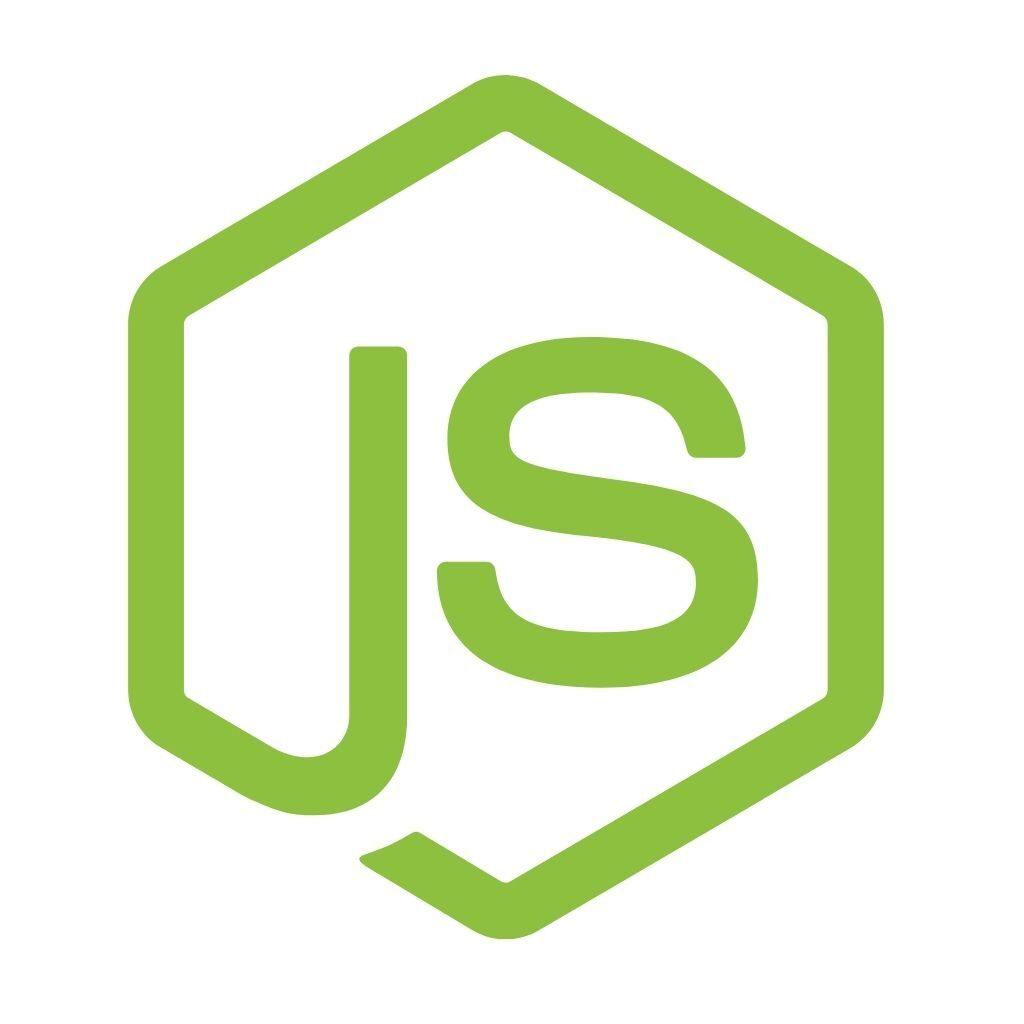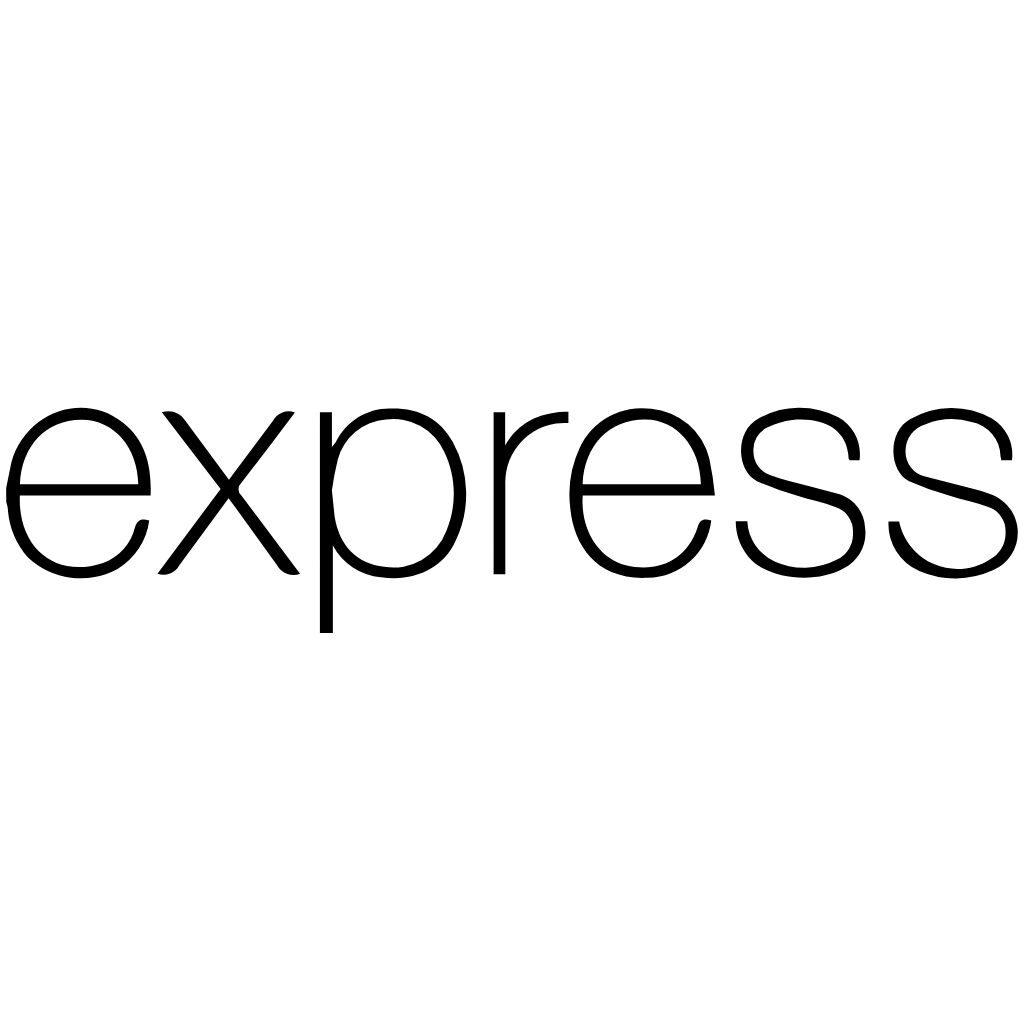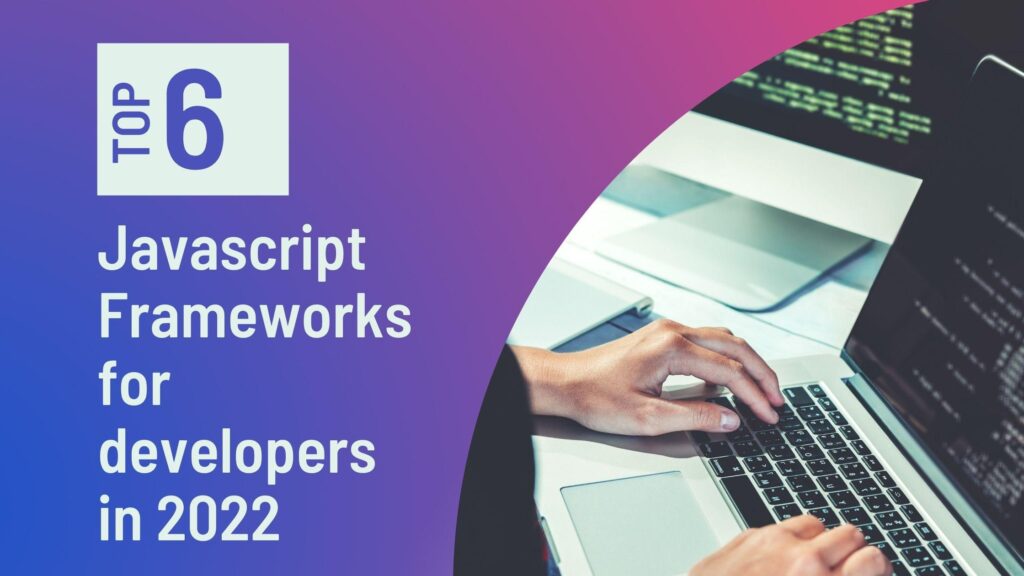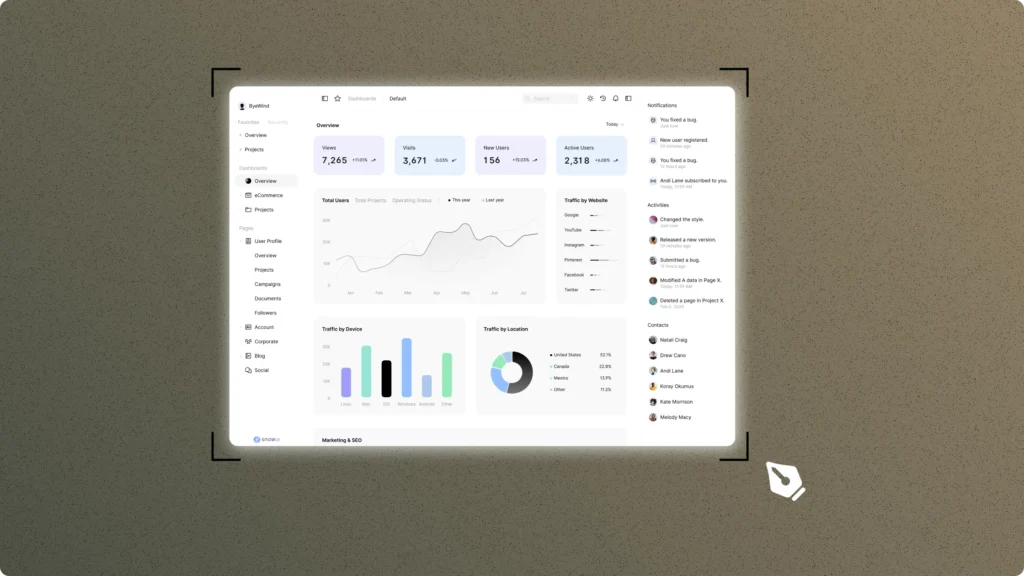While working as a frontend developer, creating a website, adding elements and designing all of them is not enough. We’ve to make sure that the site is properly working and it has a good speed also. And all these things are decided by Javascript. There are several different Javascript frameworks that have different specifications. And so that many have their favourite Javascript frameworks, in which they love to work the most.
So in today’s article, We’re going to see those top 6 javascript frameworks that will be most popular in 2022.
But before going directly to the topic, first, let’s see some basic and required information.
Javascript:
Javascript( in short JS) is a programming language that is one of the core technologies of web development alongside HTML and CSS. It is a lightweight, object-oriented, interpreted scripting language with first-class functions. Javascript is mostly known as the scripting language for websites. But it is also used in so many non-browser applications.
JavaScript works on the client-side of the website. It is used to design how the web page behaves when an event occurs. It is a powerful scripting language that is easy to learn and widely used for controlling web page behaviour.
So, Javascript is a prototype-based, multi-paradigm dynamic scripting language.
What is JavaScript frameworks?
A JavaScript framework is a collection of pre-written code and predefined and ready to use functions. Using these web developers can save their time by not writing the boilerplate codes while programming.
A developer can develop powerful web applications without using any JavaScript frameworks. But using frameworks you can get some crazy benefits, like a template that handles basic programming patterns can help immensely. Using Javascript frameworks, you don’t have to create all of your application’s functionality by yourself, you can export them from the framework libraries and then can continue.
There is no doubt that JavaScript is one of the most used languages for both front-end and back-end web development. And the JavaScript framework gives developers the head-start with ready-made modules and features required to develop JavaScript applications.
Now, many people have confused between Javascript framework and Javascript library. So before
How is a JavaScript framework different from a JavaScript library?
Node.js:

Node.js is a JavaScript framework that enables you to write software using JavaScript on a server. The main advantage of Node.js is its ability to run in browsers as well as servers, which makes it suitable for both backend web development and mobile applications development. Node.js lets developers execute JavaScript code across a range of platforms including Windows, Mac OS X, Linux and many versions of Unix. It uses an event-driven, non-blocking I/O model that makes it lightweight and efficient while also easy to build large apps that are reliable and high performing. It boasts an impressive list of companies using Node — from Netflix to Microsoft to Apple — giving credence to its versatility over other frameworks like Ruby on Rails or Django.
Ember Js:
Ember.js is a free and open-source JavaScript web framework based on the Model–view–viewmodel (MVVM) pattern. It allows developers to create scalable single-page web applications by incorporating common idioms and best practices into the framework.
Ember.js was created by Yehuda Katz and Tom Dale and is currently maintained by the Ember.js Core Team, including Katzan, Trevino, and Robert Jackson.
The name “Ember” was first used as a code name by the original team working on the framework. It was eventually chosen as the final name because it is both a dictionary word and a name with meaning in the programming community.
Ember.js is an example of a framework that was built with the intention of making web development more efficient and effective. The goal of Ember.js is to provide a standard application programming interface (API) for web applications.
The key features of Ember.js are:
Application programming interface (API) that is both easy to use and extensible
Automatic two-way data binding
A clean and consistent MVC structure
Tools for managing application state
Efficient templating
Support for server-side rendering
Built-in testing tools
Ember.js is a popular choice for single-page web applications. Some of the notable companies that use Ember.js include Netflix, Apple Music, LinkedIn, and Heroku.
Vue.js:

Vue.js is a progressive framework for building user interfaces. It’s easy to learn and use, it can be embedded into existing pages, and it supports all common browsers. If you need something that works with your favourite framework or with no framework at all, Vue.js should be on your list of candidates. At its core, Vue is simply an implementation of an HTML Virtual Document Object Model (DOM). It uses special attributes called data-v-* where * corresponds to a specific element property. This allows Vue to translate any DOM changes directly into JavaScript properties without having to mess around with event handlers. In addition, there are two hooks: created and destroyed, which will trigger every time a new instance of your component is created or destroyed. This makes it easy to do any initialization/finalization you might need in those scenarios.
Angular Js:

AngularJS is a JavaScript framework developed by Google and currently maintained by a community of developers and corporations. It is considered one of JavaScript’s most popular frameworks, due to its MVC-like features for building single-page applications in HTML5, CSS3, and jQuery. Angular offers built-in routing, end-to-end tooling support via Webpack, SCSS support out of the box and comes packed with tons of great tools for both front-end developers and back-end engineers. From a developer perspective, using Angular also means you can take advantage of TypeScript, which provides additional typing information to JavaScript (similar to Java or C#) and removes some common errors associated with coding in JavaScript. Developers commonly describe it as TypeScript on steroids because they get all these benefits plus all that Angular has to offer at once.
Next Js:

Next.js is an open-source framework for server-rendered React applications. Next.js has been gaining some serious traction in recent months because of its unique capabilities and popularity in large React application development teams such as Facebook and Instagram. Whether you’re just getting started with a new project or looking to upgrade your existing app, here are a few reasons why we think it’s worth giving Next.js a shot: 1. Development Speed
2. Code Structure
3. Flexibility
4. Error Handling
5. Open Source
6. Community
7. Documentation.
Express.Js:

Express.js is a simple yet powerful web application framework that allows you to create robust and feature-rich web applications with ease. It’s based on express, which means that you can use a pre-made solution for your app rather than having to code it from scratch. Not only does it make development faster, but it also encourages consistency among developers. And if you need help there are lots of resources available for Express.js developers online. Because Express.js is quite basic—meaning it doesn’t have lots of features built-in—it needs another library or framework in order to operate effectively. By choosing an additional package you can tailor your application more specifically according to what you want it to do. When considering libraries or frameworks that should be included, take into account how much time will be required in adding each one—the more complicated ones might require a lot more time for installation than others.
Now, here is another name that many describe as a javascript framework, but eventually it is not. Yes, I’m talking about React. Even though it is a Javascript Library, you’ll find many sites saying it is a framework. Although I know that it is not a Javascript framework, I’m keeping it on the list.
React js:
React is a JavaScript library for building user interfaces. It lets you create reusable components so that your code is easy to read and maintain. When a user interacts with a React component, React updates the component automatically. This makes your app more responsive and fast.
React is used by Facebook, Instagram, and Airbnb. React is open source and is maintained by Facebook.
React is a declarative, efficient, and flexible JavaScript library for building user interfaces. It lets you compose complex UIs from small and isolated pieces of code called “components”.
Conclusion:
So this is the list of “Top 6 JavaScript Frameworks“. This list is completely made by me according to my research. If you think anything different or if you think that I missed something, then let me know that too.
So, now it is time to conclude this article. But before concluding this I want to tell you that,
There are many JavaScript frameworks available today, but not all of them are worth your time. Here we have compiled a list of six notable frameworks, along with a brief description for each one. Give these a look and decide for yourself if they’re something you want to play around with!
All the best for your JavaScript journey.







